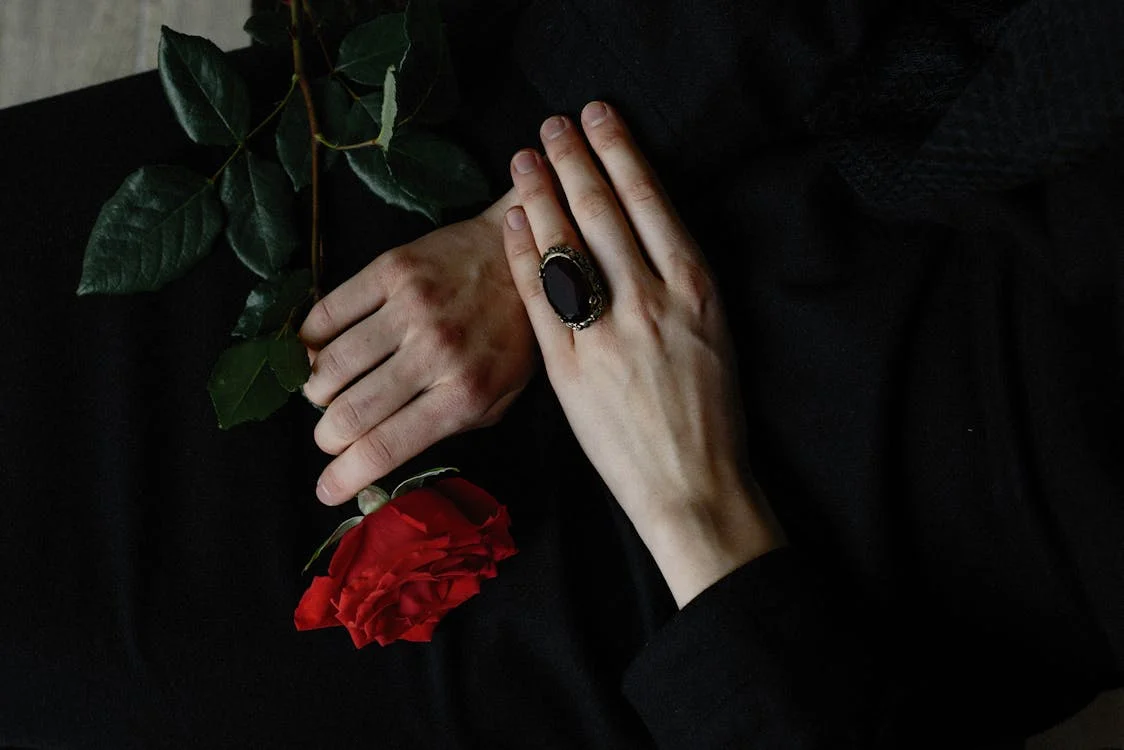I’ve always found it fascinating how different cultures approach life and death. Funeral services, in particular, are a significant reflection of a society’s beliefs, values, and traditions. There’s something deeply human about how we honor those who have passed, how we come together to grieve, remember, and celebrate lives that have touched us.
Whether it’s through elaborate ceremonies or simple gatherings, funeral traditions worldwide vary in ways that can be deeply moving, surprising, or even puzzling to outsiders. Each culture offers unique rituals that provide comfort, closure, and continuity, reflecting a broader worldview.
Eastern Cultures
Hindu Funeral Rites
In Hinduism, death is seen as a natural part of the cycle of reincarnation. The body is cremated, usually within 24 hours of death, to release the soul from its earthly ties. Before the cremation, the body is bathed, dressed, and often adorned with flowers, with rituals and prayers performed by a priest.
Family members, particularly the eldest son, play a crucial role in these rites, lighting the funeral pyre and performing various rituals to ensure the soul’s journey to the afterlife. The ashes are typically scattered in a river, with the Ganges being the most revered.
For those looking to arrange a traditional ceremony, look for the right funeral service that offers a way to honor the rituals and customs that are appropriate.
Japanese Funerals
Japanese funerals often combine Shinto and Buddhist practices, reflecting the country’s religious heritage. The process is detailed and involves multiple stages. The body is washed, dressed, and placed in a casket, surrounded by flowers, incense, and offerings.
Buddhist priests chant sutras, and the family prays for the deceased’s peaceful passage to the next life. Cremation is the norm in Japan, with the family participating in the ritual of picking the bones from the ashes using chopsticks—a deeply symbolic act that connects them to the deceased.
After the cremation, a series of memorial services are held, marking significant dates such as the 49th day after death, which is believed to be when the soul fully departs for the afterlife.
Tibetan Sky Burials
One of the unique and striking funeral practices comes from Tibet. Sky burials, where the body is left exposed on a mountaintop to be consumed by vultures, are rooted in the belief that the body is merely a vessel and that feeding it to animals is an act of generosity.
This ritual is deeply spiritual, symbolizing the impermanence of life and the cycle of rebirth. The body’s dismemberment and offering to the vultures reflect the belief in detachment from the physical world, with the soul moving on to its next incarnation.
The Western World
Traditional Christian Funerals
In much of the Western world, particularly in Christian communities, funerals often follow a structured format. A service, usually held in a church or funeral home, includes prayers, hymns, eulogies, and scripture readings. The body, often embalmed, is typically present in an open casket, giving loved ones a chance to say a final goodbye. Burial follows, either immediately after the service or on a separate day, in a cemetery.
However, over recent decades, there’s been a shift towards more personalized funeral services. Families increasingly seek to honor their loved ones in ways that reflect the individual’s life, values, and passions.
This might involve playing their favorite music, displaying cherished possessions, or even hosting a celebration of life in place of a traditional funeral.
Cremation and Ash Scattering
Cremation has become increasingly popular in many Western countries, with ash scattering or keeping the ashes in an urn as common practices. Some families choose unique ways to scatter ashes—perhaps in a place the deceased loved, like a favorite park or by the ocean. Others might incorporate ashes into jewelry or other keepsakes, keeping a piece of their loved one close.
Green Burials
Another growing trend is the green burial movement, where the body is laid to rest in a biodegradable coffin or shroud, without embalming, allowing it to decompose naturally. This approach reflects a broader cultural shift towards sustainability and environmental consciousness.
African Cultures
Ghana
In Ghana, funerals are vibrant, elaborate affairs that can last for days. They are as much about celebrating life as mourning death. One of the most distinctive aspects of Ghanaian funerals is the use of fantasy coffins—coffins crafted in the shape of something that represents the deceased’s life, such as a fish for a fisherman or a plane for a pilot.
These coffins are not just burial vessels but are seen as a final statement about the deceased’s identity, dreams, and aspirations.
The burial is often accompanied by music, dancing, and feasting, reflecting the belief that death is not an end but a transition to the next stage of existence.
Madagascar
In Madagascar, the Famadihana, or “turning of the bones,” is a unique funerary tradition that involves exhuming the bodies of ancestors, rewrapping them in fresh cloth, and celebrating with music and dancing. This ritual, which happens every few years, reaffirms the connection between the living and the dead, honoring the ancestors and ensuring their continued blessings.
For the Malagasy people, death is not seen as a final departure but rather a moment in an ongoing relationship between the living and the dead. The Famadihana ritual embodies the belief that the deceased continue to play an active role in the lives of their descendants.
Latin American Traditions
Mexico
One of the most well-known funeral traditions globally is Mexico’s Día de los Muertos, or Day of the Dead. Held on November 1st and 2nd, this festival is a joyful celebration of the deceased, where families build altars (offends) adorned with photos, candles, marigolds, and the favorite foods and drinks of the departed.
Sugar skulls, skeleton figures, and vibrant decorations are central to the festivities. The Day of the Dead reflects the Mexican view of death as a natural, even humorous, part of life, where the dead are not mourned but remembered and celebrated. Families gather in cemeteries, share stories, and even spend the night by the graves of their loved ones, in a spirit of communal remembrance.
Peruvian Ancestor Worship
In Peru, particularly among the indigenous Andean communities, ancestor worship remains a vital tradition. The deceased are often mummified and kept in family homes or community temples. Rituals involving offerings of food, coca leaves, and alcohol are performed to honor the ancestors and seek their guidance and protection.
The practice reflects a deep connection between the living and the dead, where ancestors are seen as guardians of the family and community. This reverence for the dead ensures that they are never forgotten and that their wisdom continues to influence the living.
Summary
No matter where you go in the world, funeral practices reveal the deep human need to remember, honor, and make peace with those who have passed on. Whether through grand ceremonies or simple acts of remembrance, these traditions provide comfort, offer closure, and connect the living with those who have gone before.
Exploring these different funeral traditions offers a profound reminder of both our shared humanity and the diverse ways we find meaning in life and death. Each culture, with its unique customs and rituals, contributes to a broader tapestry of human experience, enriching our understanding of what it means to live, to die, and to be remembered.







